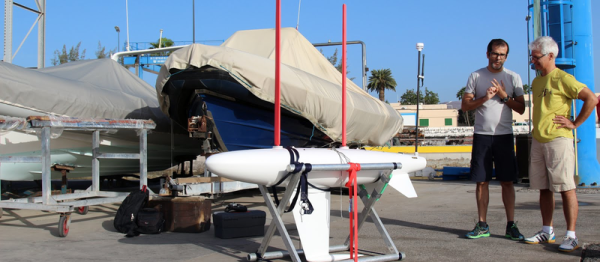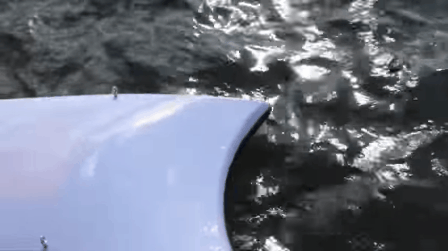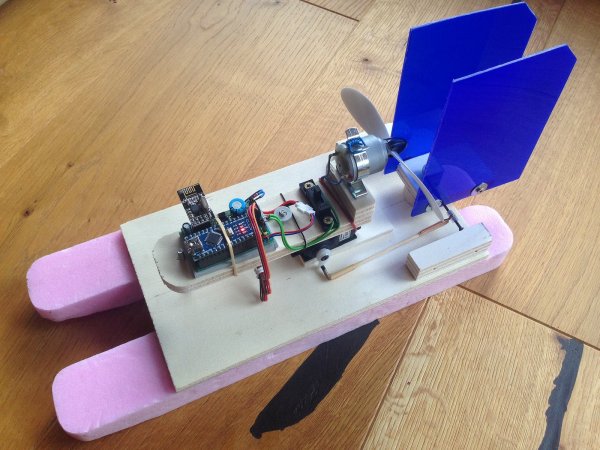As the human population continues to rise and the amount of industry increases, almost no part of the globe feels the burdens of this activity more than the oceans. Whether it’s temperature change, oxygen or carbon dioxide content, or other characteristics, the study of the oceans will continue to be an ongoing scientific endeavor. The one main issue, though, is just how big the oceans really are. To study them in-depth will require robots, and for that reason [Mike] has created an autonomous boat.
This boat is designed to be 3D printed in sections, making it easily achievable for anyone with access to a normal-sized printer. The boat uses the uses the APM autopilot system and Rover firmware making it completely autonomous. Waypoints can be programmed in, and the boat will putter along to its next destination and perform whatever tasks it has been instructed. The computer is based on an ESP module, and the vessel has a generously sized payload bay.
While the size of the boat probably limits its ability to cross the Pacific anytime soon, it’s a good platform for other bodies of water and potentially a building block for larger ocean-worthy ships that might have an amateur community behind them in the future. In fact, non-powered vessels that sail the high seas are already a reality.

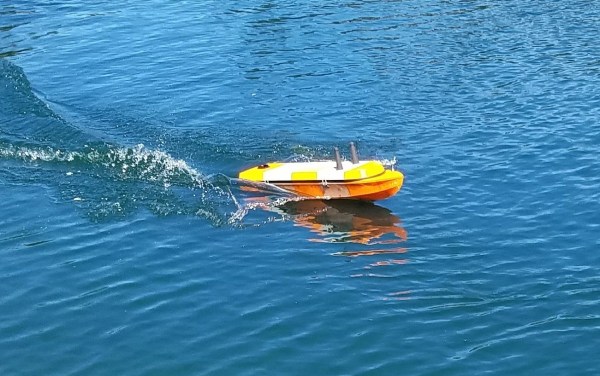


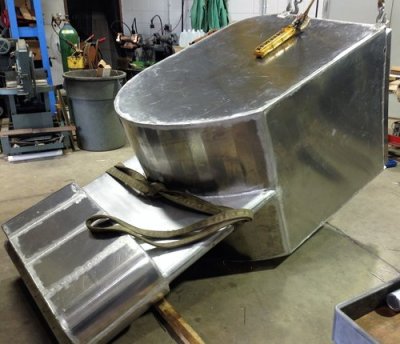 The boat’s design is definitely unusual, with a square aluminium hull of equal beam and length, and a very deep keel that has an emergency drinking water tank as its ballast. The sail is a square rig — imagine picture-book images of Viking ships for a minute — and it has two rudders. We are not nautical engineers here at Hackaday, but reading the descriptions of the boat we understand it to have more in common with a buoy in the way it handles than it does with a sleek racing yacht.
The boat’s design is definitely unusual, with a square aluminium hull of equal beam and length, and a very deep keel that has an emergency drinking water tank as its ballast. The sail is a square rig — imagine picture-book images of Viking ships for a minute — and it has two rudders. We are not nautical engineers here at Hackaday, but reading the descriptions of the boat we understand it to have more in common with a buoy in the way it handles than it does with a sleek racing yacht.
